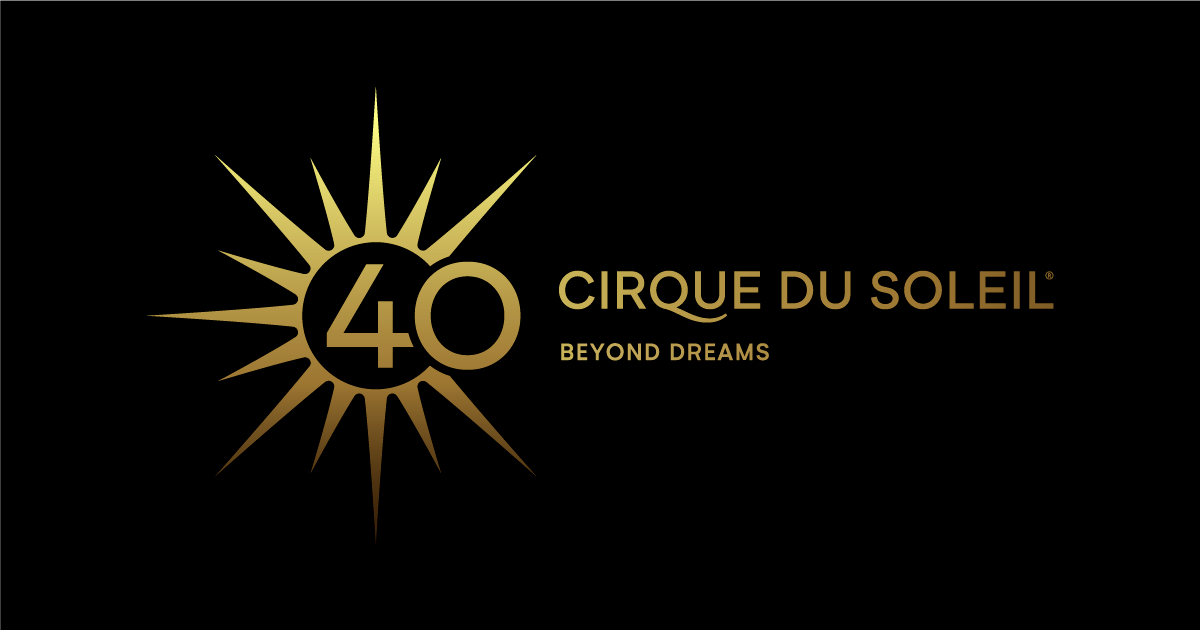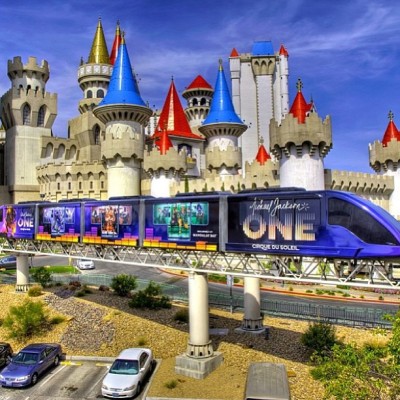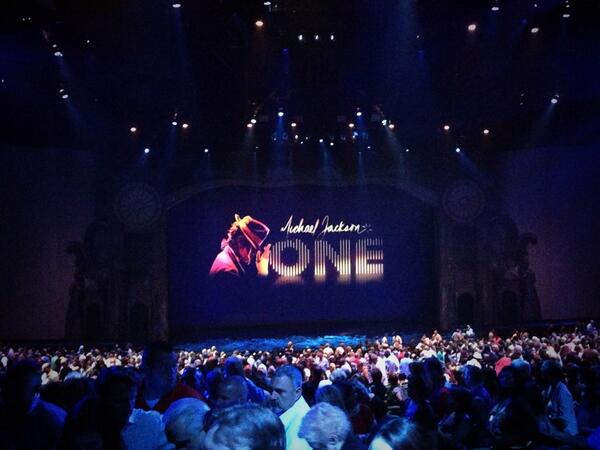High quality global journalism requires investment. Please share this article with others using the link below, do not cut & paste the article. See our Ts&Cs and Copyright Policy for more detail. Email ftsales.support@ft.com to buy additional rights. http://www.ft.com/cms/s/2/e57b85e2-d...#ixzz2YaaXvjSB
The way Michael Jackson made us feel
By Peter Aspden
Four years after Michael Jackson’s death, Cirque du Soleil is celebrating his showmanship with an ambitious new tribute
©Getty
How will the future judge the golden era of popular music that began in the middle of the 1950s and dribbled to a close sometime in the late 1980s? Changes in the making and marketing of music, and the way we listen to it, are having momentous effects on the industry. What will be left for posterity? Vinyl, the medium that transmitted most of pop’s most glorious moments, is already an ancient artefact, collected by zealots, hipsters and, presumably, the British Museum. Compact discs are already on their way out. The video clip is an outdated promotional tool. How will we remember the stars of pop? Talent shows? Tribute bands? Obscure retro radio channels?
Mozart is still celebrated because his music continues to be played by orchestra members who devote their lives to mastering his compositions. His genius is freeze-packed to last: modern orchestras do not look or sound dramatically different from those of his lifetime. Audiences are respectful of the ritual of attending concerts. They are reverential towards a period of musical innovation that will never go out of fashion; it is a touchstone for our deepest cultural aspirations.
More
PETER ASPDEN
The Old Woman, Palace Theatre, Manchester International Festival – review
Massive Attack v Adam Curtis, Manchester International Festival – review
Leaving Las Vegas a heritage
Pop culture diplomacy
But pop doesn’t have a hope of matching that kind of longevity. It has whored itself to corporate greed, and to the desperate desires of its practitioners to achieve instant fame and wealth. Who, over the age of 11, can actually remember last year’s X Factor winner? Perhaps it is only right that an art form that was designed to deliver evanescent pleasure should end like this: a bright comet that is already fast receding. But it is a shame. Pop music did become an art form. And it should be remembered, not least for the sake of its few true stars.
Perhaps there is another way. Tonight sees the premiere, in Las Vegas, of a new Cirque du Soleil show, the latest of eight theatrical productions by the company that has embedded itself in the Nevadan city. Michael Jackson One is a tribute to the singer who died four summers ago, remembered in too many quarters for a ruinous decline rather than the excellence that marked his very best work.
The show seeks to redress that imbalance. Like Spike Lee’s recent documentary on the making of the Bad album, it refuses to dwell on the dark side of Michael Jackson. This is not a biography, skewed or otherwise. This is a celebration. And it is breathtakingly effective.
Cirque du Soleil’s uneasy fusion of circus skills and artistic ambition leaves many people cold, notwithstanding the company’s worldwide popularity. At best, it provides fresh impetus for a form of entertainment that seemed moribund a couple of decades ago. At worst, the attempted symbiosis of freakishly talented performers and psychobabble global village idealism is pretentious.
The first signs that there was a more fruitful way ahead for the troupe was with its Vegas production of The Beatles Love , a show which unexpectedly gained the approval and active co-operation of the surviving members of the group. Their instincts were solid: the musical, which has been running for eight years at the Mirage hotel, is a clever and well-conceived homage to some of the greatest pop songs ever written.
Like Love, One is designed to stay in one place, requiring the theatre at the Mandalay Bay resort to be adapted around the show, rather than the other way around.
Technologically, it has raised the bar to a new level. Each of the theatre’s 1,800 seats has three speakers. The stage has 66 winches with speeds of up to 12 feet per second. There are 587 lighting fixtures, and 295 custom LED fixtures built into the set pieces. The mise-en-scène is staggering in scale: 26 projectors, 11 TV monitors, a 40-ft wide LED wall made up of eight separate columns.
©Getty
It could so easily have been a mess. Where there is this kind of towering aspiration, hubris perpetually lurks backstage. But One, which I saw in a preview earlier this month, is a triumph. In remaining faithful to Jackson’s love of showmanship and fantasy, and remaining undistracted by the shambles that his public persona turned into, the show is respectful to his art, the only thing that ever really mattered.
One grips by the throat from its very first song, “Beat It”. A plot, of sorts, is expounded: a group of four young people attempt to break into a show and get sucked into a fantastical “vortex” peopled by fabulously costumed characters: paparazzi in Darth Vader-esque outfits, with electronic ticker tape running across their chests, confronted by a white-suited dance corps which does battle with them. Huge screens surrounding the stage show original footage of Jackson in action, while acrobats swing from the back of the hall on to the stage.
The choreography, supervised by Jamie King, who is known for his work with Madonna and Rihanna and who danced with Jackson on the Dangerous world tour (1992-93), is both faithful to Jackson’s innovations and playfully improvises on them. There is no strict imitation here, but plenty of homage. The direction is supercharged and lightning-fast. After five minutes of the show, you decide you have to see it again, if only to discover what you missed first time around. You simply cannot keep up.
Each minute is filled with little coups de théâtre. A pair of boots appears in mid-air, and they start to moonwalk on their own; in “Smooth Criminal”, the dance corps replicates the famous forward “lean” from the song’s original video; a television screen in the sky features the young Jackson singing “I’ll Be There”, an affecting moment amid the mayhem.
After its breathless opening, the part of the show that some will find irksome: “They Don’t Care About Us” and “Earth Song” are not among Jackson’s finest moments, and they feel overwrought and heavy-handed here. Only at this point does moralism threaten to derail the show. Sidi Larbi Cherkaoui, the Belgian-Moroccan choreographer whose contemporary dance pieces have a worldwide following, also worked on One. “Cirque du Soleil have had some incredible successes, but they wanted some new blood from outside,” he told me over coffee in Sadler’s Wells in London earlier this week. “They were not always so philosophical in their approach. They said we want the good guys here and the bad guys there, and I was saying, you know, the bad guys are not always bad.”
But it is a rare clumsy moment. The pace picks up again. For a Cirque show, the acrobatics are restrained, reluctant to intrude too much on the party. Jackson’s moves are not circus acts: the company’s performers have had to change their style from rubbery to raunchy. It works to telling effect on “Dirty Diana” and “The Way You Make Me Feel”.
For “Billie Jean”, we see a substantial part of the original video on the back-projected screens. “Michael created classic images that are embedded in our hearts and heads,” said Welby Altidor, the show’s director of creation, on the phone from Montreal. “And you can never be better than those classic images. We wanted to acknowledge the memories that are out there. It was a balancing act.”
“Thriller” is stupendous, featuring the show’s greatest “circus” moment as a dancer springs between two trampolines, and “Man in the Mirror” trumps the evening’s entertainment with a personal appearance, thanks to another astounding technological sleight of hand, of Jackson himself. It is at the same time ghostly, moving, funny and a little bit weird.
Altidor said he wanted the audience to feel “enveloped” by the show. The “immersion” factor has become a cliché of contemporary entertainment, but One marks out fresh ground. It shows us, perhaps for the first time, how the legacy of great pop music will establish itself: not through vapid imitations on primetime TV shows, or muckraking biographies, or late-night vinyl junkie sessions in dank basements.
To watch One and Love in 20, or 50, or 100 years’ time will be the nearest we can get to understanding the greatness of a period that is already receding in our rear-view mirrors. Pop music, the cultural historians of the future will say, really did have that visceral, effervescent appeal. It invented new things, and made you happy to be alive, not unlike Mozart. This is how it should be remembered. Big and bold and blowing your mind.
‘Michael Jackson One’, Mandalay Bay Resort, Las Vegas
Copyright The Financial Times Limited 2013. You may share using our article tools.
Please don't cut articles from FT.com and redistribute by email or post to the web.
ShareClipReprintsPrintEmail




















 .
.




Kommentar